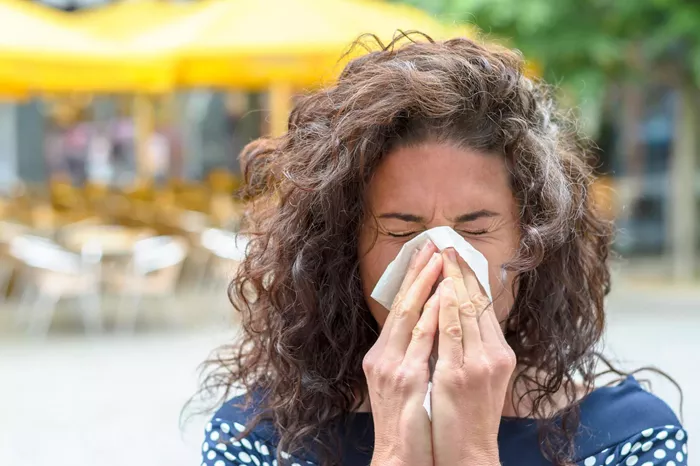Allergies affect millions of people, and women often experience unique challenges due to hormonal fluctuations, pregnancy, and other health factors. If you’ve ever wondered, “How much does an allergy test cost?”—you’re not alone. Many women delay testing because of uncertainty about pricing, insurance coverage, and which test is best. This guide breaks down everything you need to know, from types of tests to ways to save money.
Why Allergy Testing Matters for Women
Women’s immune systems can react differently to allergens due to hormonal changes. Studies show that:
Pregnancy can make allergies worse or, in some cases, improve them.
Menopause and menstrual cycles may increase sensitivity to pollen, dust, or food allergens.
Untreated allergies can lead to sinus infections, asthma flare-ups, or eczema.
Getting tested helps identify triggers so you can avoid them or seek proper treatment.
Types of Allergy Tests and Their Costs
There are three main ways doctors test for allergies:
1. Skin Prick Test (SPT)
How it works: A doctor places small drops of allergens (like pollen, pet dander, or foods) on your skin, then lightly pricks the surface. If you’re allergic, the spot becomes red and itchy within 15 minutes.
Best for: Quick, broad testing of environmental and food allergies.
Cost: 60 to60to300, depending on the number of allergens tested.
Pros: Fast, accurate, and done in a doctor’s office.
Cons: May cause mild itching or swelling.
2. Blood Test (IgE Test)
How it works: A blood sample is sent to a lab to check for antibodies (IgE) that react to allergens.
Best for: People who can’t stop taking antihistamines (which interfere with skin tests) or have severe skin conditions.
Cost: 200 to200to1,000, depending on the lab and number of allergens.
Pros: No risk of allergic reaction during testing.
Cons: More expensive, and results take longer (a few days to a week).
3. Patch Test
How it works: Small patches with potential allergens (like nickel, fragrances, or latex) are taped to your back for 48 hours. If a rash develops, you’re allergic.
Best for: Contact dermatitis (skin allergies to metals, cosmetics, or chemicals).
Cost: 200 to200to500.
Pros: Identifies delayed allergic reactions.
Cons: Requires multiple doctor visits.
Does Insurance Cover Allergy Testing?
Many health insurance plans (including Medicaid and Medicare) cover part or all of the cost—if a doctor confirms the test is medically necessary. Here’s what to check:
- Call your insurer before booking to confirm coverage.
- Ask about copays or deductibles—some plans require you to pay a portion.
- Get a referral if needed (HMOs often require this).
If you don’t have insurance:
- Community health clinics offer low-cost testing.
- University hospitals sometimes provide discounted rates for clinical studies.
- Payment plans may be available at private allergists’ offices.
At-Home Allergy Tests: Are They Worth It?
Some companies sell at-home allergy test kits (50–50–200). You send a blood or hair sample to a lab and get results online. However:
- Pros: Convenient and cheaper than lab tests.
- Cons: Less accurate than doctor-administered tests. The FDA warns that some kits give false results.
- Best for: People who want a general idea of allergies before seeing a doctor.
How to Save Money on Allergy Testing
- Compare prices—call different clinics and ask for their cash-pay rates.
- Ask about bundled testing—some allergists offer discounts if multiple tests are done together.
- Check for promotions—seasonal allergy clinics may offer lower prices in spring or fall.
- Use FSAs or HSAs—if you have a flexible spending account, allergy tests are usually eligible expenses.
What to Do After Your Allergy Test
If your test confirms allergies, your doctor may recommend:
Avoidance: Staying away from triggers (like certain foods or pets).
Medications: Antihistamines, nasal sprays, or epinephrine pens for severe reactions.
Immunotherapy: Allergy shots or drops that gradually reduce sensitivity.
Conclusion
Allergy testing doesn’t have to be expensive or stressful. With the right information, women can make smart choices about their health. If you’ve been dealing with unexplained rashes, congestion, or stomach issues, a simple test could provide answers—and relief.
Related topics:
- What Are the 6 Most Common Allergy Symptoms?
- What Are the 7 Top Food Allergies
- What Are the 3 Worst Allergies to Have?

